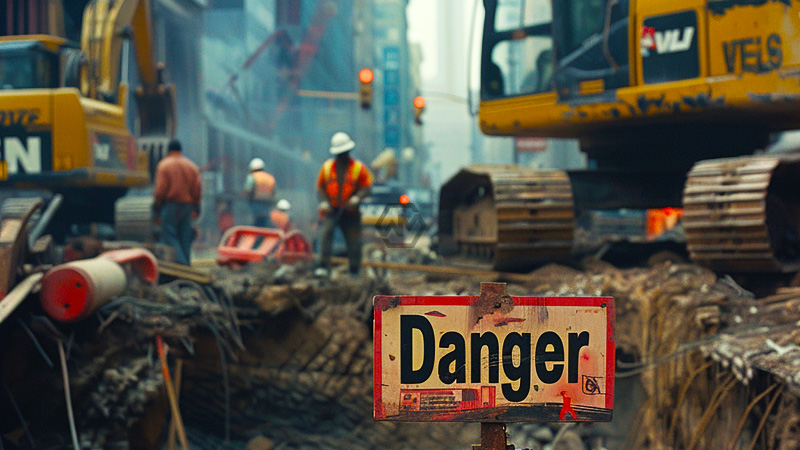- Japan‘s first-ever megaquake advisory follows a magnitude 7.1 quake near the Nankai Trough.
- The advisory signals a 70-80% chance of a magnitude 8 or 9 quake in the next 30 years.
- Public reaction includes confusion, stockpiling of emergency supplies, and altered travel plans.
Japan’s recent issuance of a megaquake advisory has heightened public anxiety following a 7.1 magnitude earthquake off Kyushu.
The advisory has triggered a wave of concern across Japan, leading many to prepare for potential disaster. Government officials, including Prime Minister Fumio Kishida, have shifted focus to enhancing preventive measures and public communication.
Japan’s Megaquake Advisory Sparks Public Anxiety and Preparedness Efforts
Japan’s announcement of its first megaquake advisory follows a powerful magnitude 7.1 earthquake near the Nankai Trough, an undersea trench along Japan’s Pacific coast. This advisory, issued by the Japan Meteorological Agency (JMA), reflects an increased probability of a major quake, estimated between 70-80% over the next 30 years. The Nankai Trough has a history of significant seismic events, and the latest quake has raised concerns about potential future risks.
The Nankai Trough is a seismic hotspot where the Philippine Sea Plate interacts with the Eurasian Plate, potentially triggering megaquakes and tsunamis. Past events, such as the 1946 quake, highlight the devastating impact such quakes can have, including massive loss of life and property damage. A hypothetical magnitude 9.1 quake could lead to catastrophic tsunamis and severe economic repercussions, with estimated damage reaching $1.5 trillion.
In response to the advisory, Japanese authorities are taking proactive steps to mitigate potential risks. Prime Minister Fumio Kishida has canceled overseas plans to focus on disaster preparedness and response. The Fire and Disaster Management Agency is working with municipalities to review and update their emergency protocols and evacuation plans, emphasizing the importance of readiness.
The public’s reaction includes heightened concern and confusion, with many people stockpiling emergency supplies and adjusting travel plans. Despite the advisory’s indication of increased risk, experts urge calm and caution, advising residents to prepare without succumbing to unnecessary panic.
The megaquake advisory marks a significant moment in Japan’s earthquake preparedness efforts, highlighting the need for vigilance and readiness. While it has caused understandable anxiety, the focus remains on enhancing safety measures and ensuring that residents are well-prepared for any potential future seismic events.
“Japan’s first-ever megaquake advisory has led to widespread confusion and worry, prompting many to stock up on emergency supplies and reassess their preparedness plans.”



